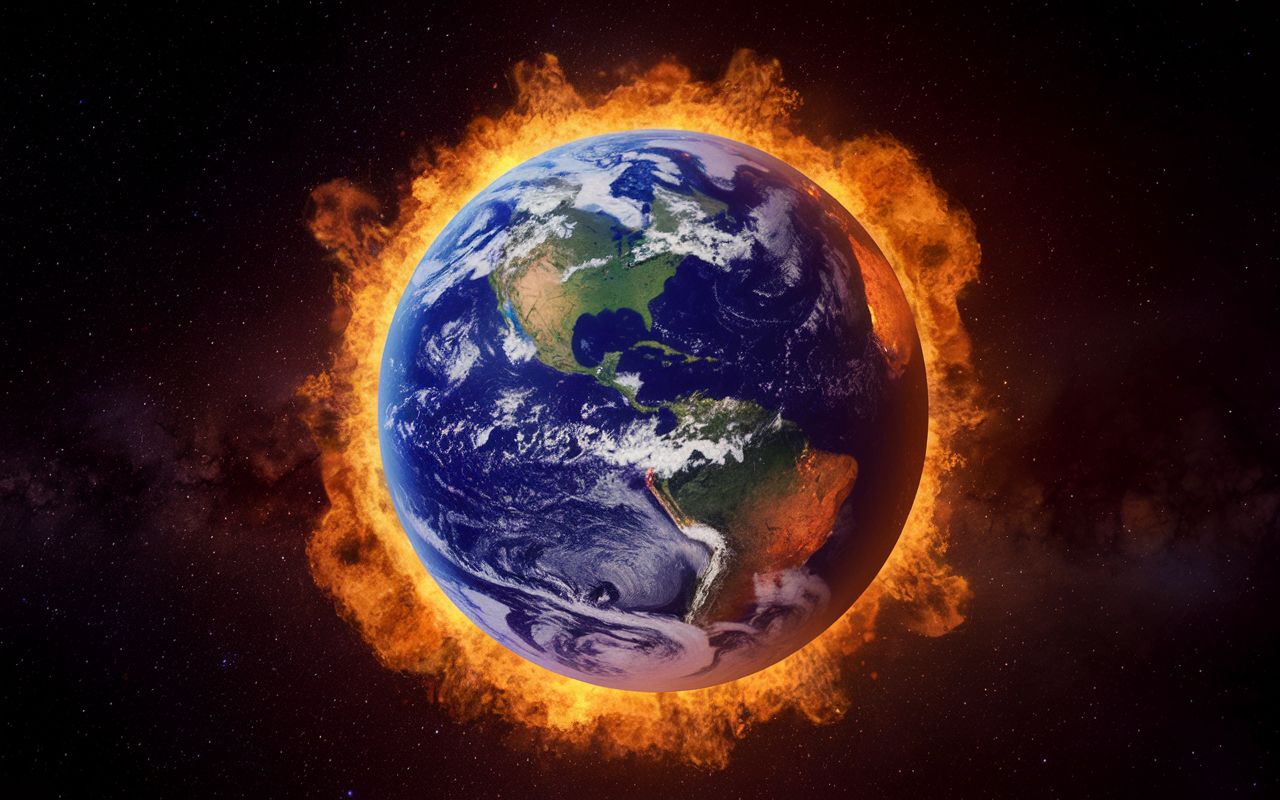This devastating synthetic gas is spreading: 3,500 times more impactful than CO2 ☁️
Published by Cédric,
Article author: Cédric DEPOND
Source: Journal of Quantitative Spectroscopy and Radiative Transfer
Other Languages: FR, DE, ES, PT
Article author: Cédric DEPOND
Source: Journal of Quantitative Spectroscopy and Radiative Transfer
Other Languages: FR, DE, ES, PT
Follow us on Google News (click on ☆)

Hydrofluorocarbons, of which HFC-125 is a part, were initially designed to replace CFCs, which are responsible for ozone layer depletion. Although they have no impact on the ozone layer, their effect on global warming is alarming. With a global warming potential 3,500 times greater than CO2 over 100 years, HFC-125 is a significant heat trap.
Primarily used in air conditioning systems, refrigerators, and fire extinguishers, HFC-125 is released into the atmosphere through industrial emissions. Its chemical stability makes it a persistent gas, remaining in the atmosphere for several decades.
For the first time, a team from the University of Waterloo, in collaboration with the Canadian Space Agency, measured its concentration from space. The ACE-FTS satellite, in orbit since 2004, provided precise data between 11 and 25 kilometers (approximately 7 to 15.5 miles) altitude.
The results are striking: in just two decades, HFC-125 levels have increased tenfold. This rapid surge reflects the growing demand for cooling technologies, particularly in emerging countries where such equipment is becoming commonplace.
HFC-125's climate impact is not limited to its mere presence. By trapping infrared radiation, it intensifies the greenhouse effect and directly contributes to the rise in global average temperatures.
To address this trend, the international community adopted the Kigali Amendment to the Montreal Protocol. This agreement aims to gradually reduce the production and use of HFCs, promoting more environmentally friendly alternatives.
However, researchers emphasize that the effectiveness of these measures depends on their swift and widespread implementation. Without immediate action, HFC-125 concentrations will continue to grow, threatening to worsen an already fragile climate.
If regulations prove effective, as was the case with CFCs, scientists hope to observe a gradual decline in this gas in the coming years. But time is of the essence to counter its effects and avoid irreversible climate disruptions.
What is global warming potential (GWP)?
Global warming potential (GWP) measures a greenhouse gas's impact on global warming. It compares the ability of a molecule to trap heat in the atmosphere relative to carbon dioxide (CO₂), which serves as the baseline.
This value is calculated over a specific period, often 20, 100, or 500 years. For example, in the context of this study, a GWP of 3,500 means the gas traps 3,500 times more heat than the same amount of CO₂ over 100 years.
Gases with high GWP values, such as HFC-125, are particularly concerning. Their long lifespan amplifies their impact, as they persist in the atmosphere for decades or even centuries.
By accounting for GWP, international regulations like the Kigali Amendment aim to reduce the use of such substances to limit their contribution to global warming.